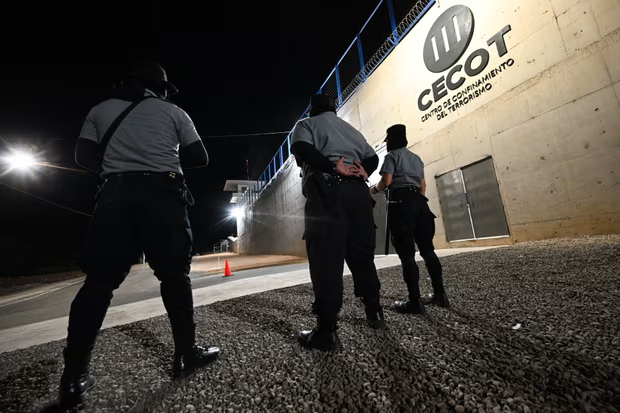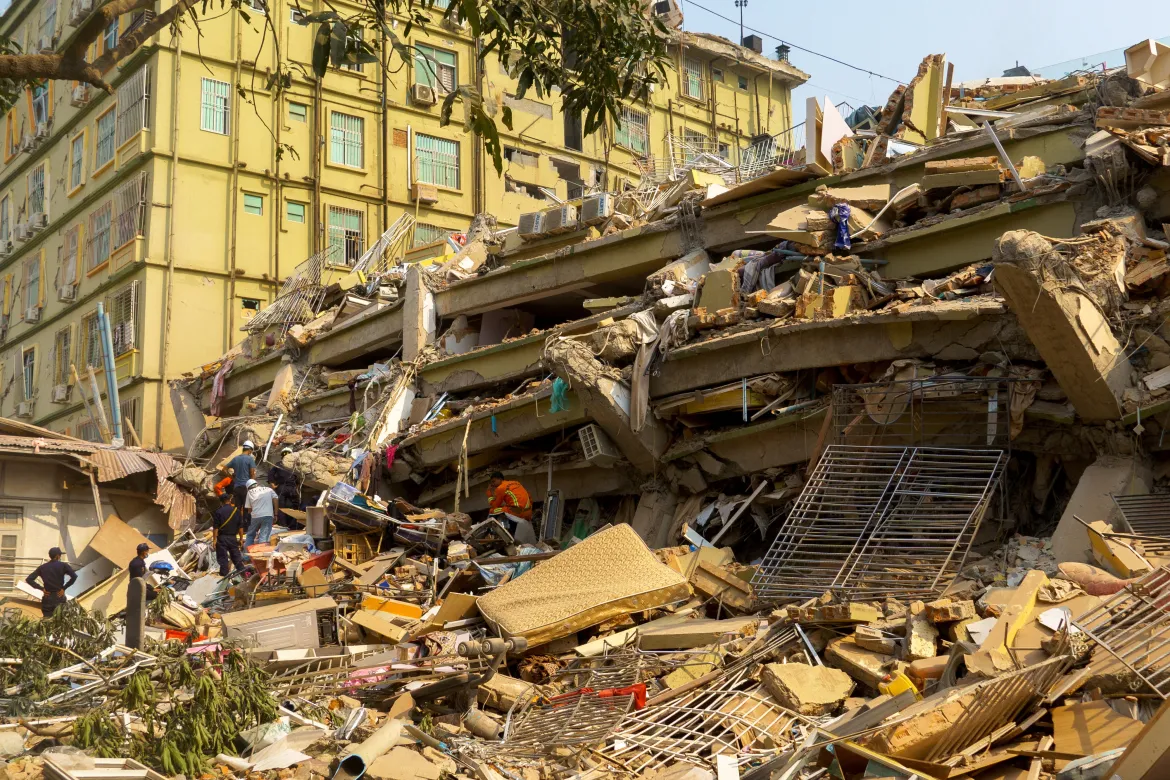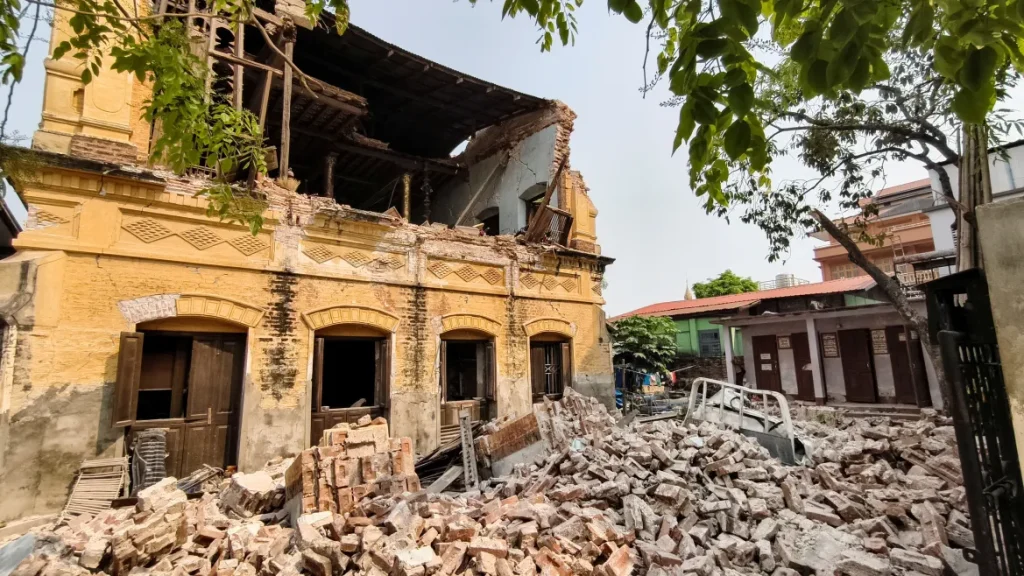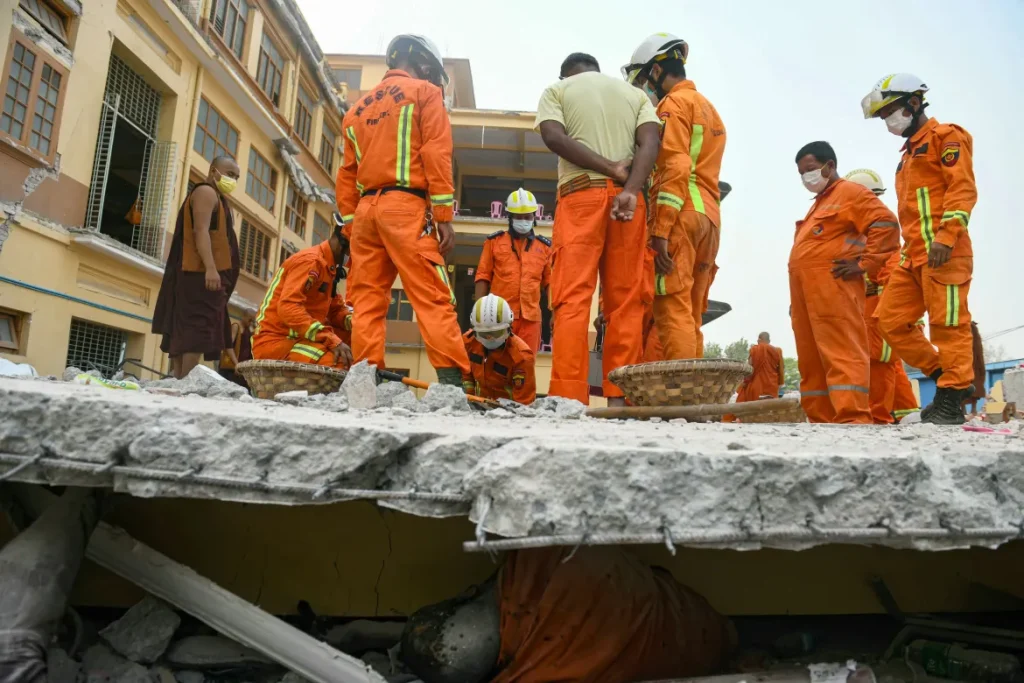
In the vibrant streets of Berlin, where creativity pulses through every corner, a new trend in body art is capturing the imaginations of ink enthusiasts and art lovers alike: limited edition artwork tattoos. Berlin has long been a hub for artistic expression, and now it’s becoming the premier destination for those looking to turn their skin into a canvas for unique, one-of-a-kind designs.
Unlike traditional tattoos, which often draw from established styles or motifs, these limited edition pieces are meticulously crafted by local and international artists, transforming the tattoo process into a collaborative artistic experience. Each tattoo is not just an expression of personal identity, but also a piece of an artist’s work, meant to be cherished in a much different medium.
The trend is flourishing in Berlin’s thriving tattoo scene, where tattoo studios often partner with visual artists, illustrators, and graphic designers to offer exclusive designs that change regularly. Imagine getting a piece from a renowned street artist or a contemporary painter, all woven into your skin—a beautiful blend of art and life, and a conversation starter wherever you go.
Art exhibitions are now often complemented with pop-up tattoo events, allowing patrons to book an appointment and walk away with a limited edition tattoo that reflects the theme of the show. These events not only celebrate tattoo artistry but also foster a sense of community among creators and collectors. It’s a celebration of creativity, where art is not just meant to be displayed on walls but also lived with and carried in a profoundly personal way.

The diversity of styles available in Berlin is remarkable. From bold geometric patterns to delicate watercolor designs or intricate linework, there’s something to cater to every aesthetic. Artists often draw inspiration from the city itself—its rich history, eclectic culture, and unyielding spirit of rebellion—which further infuses each piece with a sense of narrative and place.
For those who are passionate about sustainability and conscious consumption, this movement also aligns well with the increasing desire for ethical practices in body art. Many artists source their materials responsibly and prioritize skin-safe inks, ensuring that clients can celebrate their chosen artworks without compromise.
As more people seek meaningful ways to express their individuality, Berlin’s limited edition tattoo scene continues to grow. The city’s creative energy fosters an environment where artists can push boundaries and experiment, while clients embrace the idea of living art—making a statement that is as personal as it is visually stunning.
If you’re considering a tattoo that goes beyond the conventional, Berlin stands ready to welcome you into a world where skin becomes a canvas, and every design tells a story. This is a place where art knows no bounds, and each tattoo is a tangible link between the artist’s vision and your personal journey. So why wait? Discover the electrifying intersection of body and art in Berlin, and wear your masterpiece with pride.














